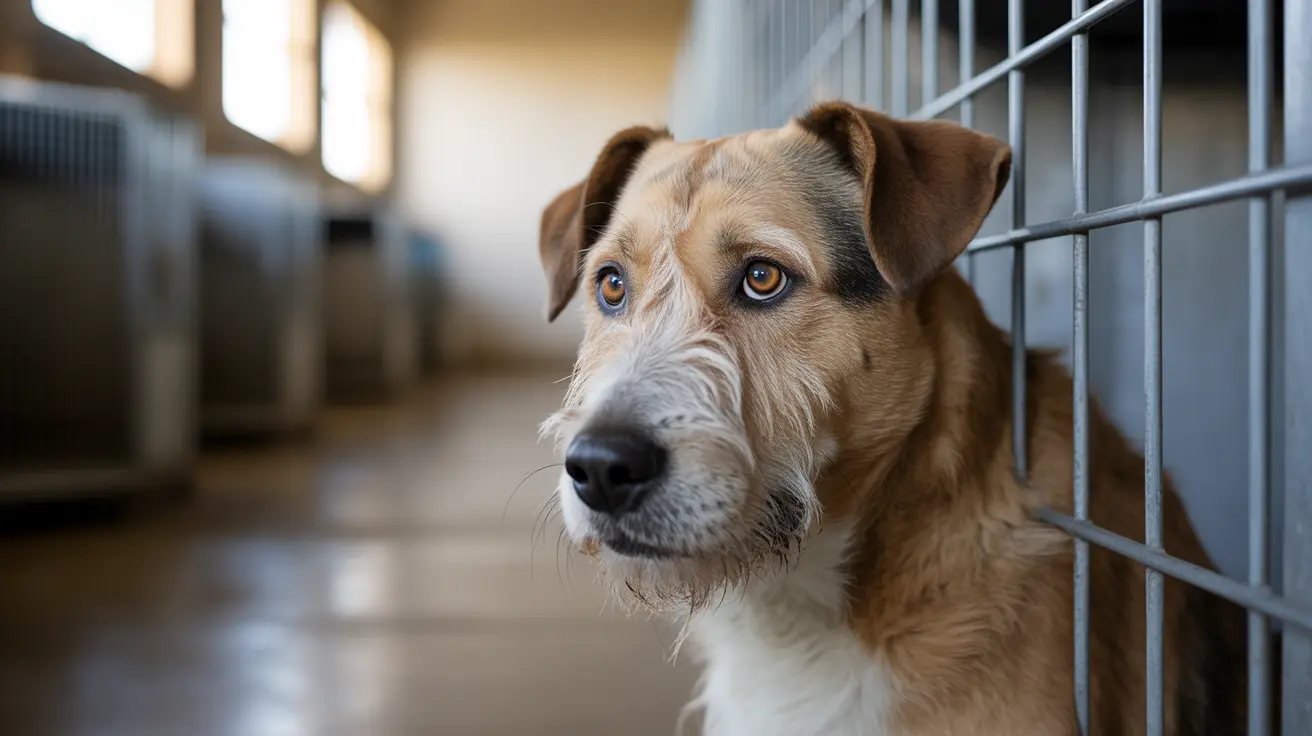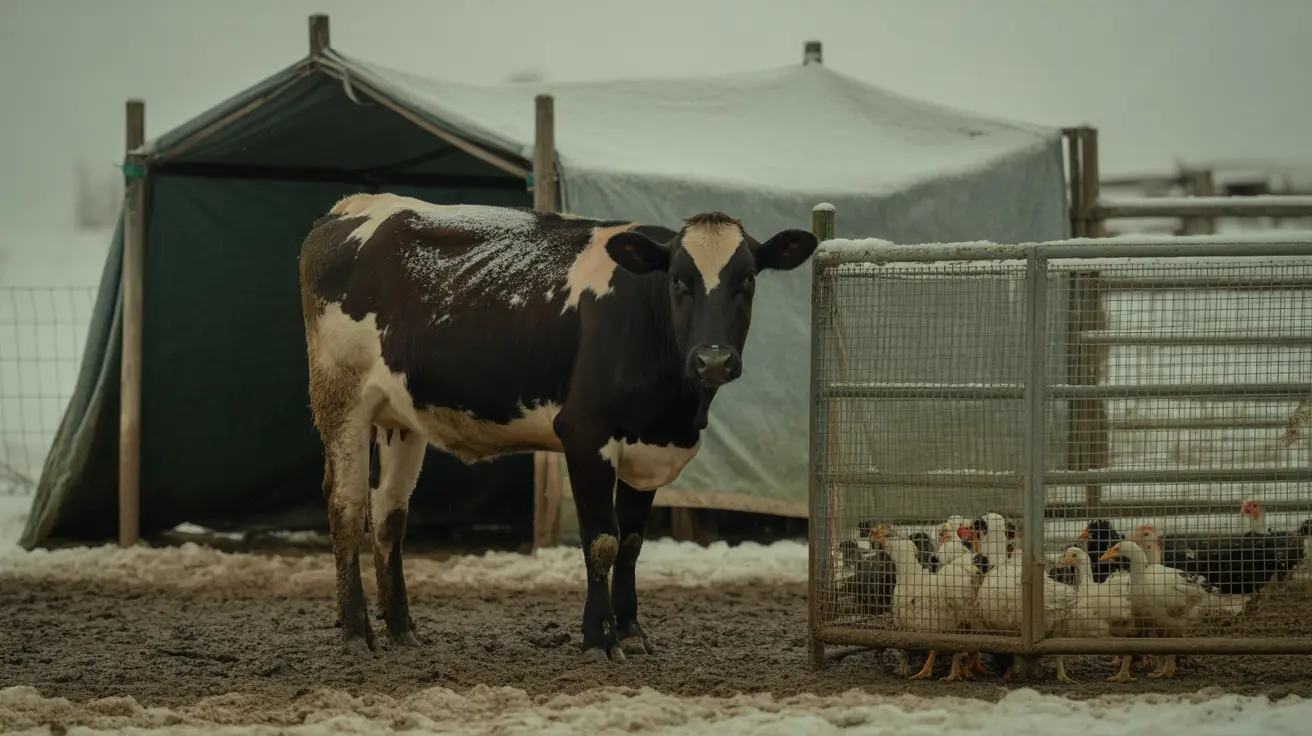As more pet owners explore alternative protein sources for their dogs, the question of whether dogs can eat grasshoppers has gained increasing attention. While these insects might seem like an unusual food choice, understanding their safety and nutritional implications is crucial for responsible pet ownership.
In this comprehensive guide, we'll explore everything you need to know about dogs and grasshoppers, from safety concerns to nutritional benefits, helping you make informed decisions about your pet's diet.
Safety Considerations for Dogs Eating Grasshoppers
When it comes to dogs consuming grasshoppers, the general consensus among veterinarians is that these insects are not inherently toxic to canines. However, there are several important safety factors to consider:
Potential Risks from Wild Grasshoppers
- Exposure to pesticides and harmful chemicals
- Parasitic infections, including roundworms
- Risk of gastrointestinal obstruction from chitinous exoskeletons
- Possible allergic reactions
Controlled Sources vs. Wild Insects
If you're considering grasshoppers as a protein source for your dog, it's essential to only use commercially prepared options from reputable manufacturers. These sources ensure the insects are:
- Raised in controlled environments
- Free from pesticides and parasites
- Properly processed for safe consumption
- Nutritionally balanced
Nutritional Benefits of Grasshoppers for Dogs
Grasshoppers offer impressive nutritional value as a protein source for dogs:
- High protein content (50-77% by dry weight)
- Rich in essential amino acids
- Good source of minerals including calcium and iron
- Contains beneficial fiber
- Low environmental impact compared to traditional protein sources
Signs of Adverse Reactions
While grasshoppers are generally safe when properly sourced, watch for these warning signs after consumption:
- Vomiting or diarrhea
- Excessive drooling
- Lethargy or unusual behavior
- Loss of appetite
- Allergic reactions such as itching or swelling
Commercial Pet Food Options with Insect Protein
The pet food industry is increasingly incorporating insect-based proteins, including grasshoppers, into their products. These options typically come in the form of:
- Specialized kibble formulations
- Novel protein treats
- Supplement powders
- Hypoallergenic diet options
Frequently Asked Questions
Are grasshoppers safe for my dog to eat, and can they cause any health problems?
Grasshoppers are generally safe for dogs when sourced from commercial pet food products. Wild grasshoppers can pose risks due to pesticides, parasites, or digestive issues. Occasional accidental consumption of a wild grasshopper typically isn't dangerous, but intentional feeding should be limited to processed, controlled sources.
What nutritional benefits do grasshoppers provide as a protein source for dogs?
Grasshoppers are highly nutritious, containing 50-77% protein by dry weight, essential amino acids, minerals like calcium and iron, and beneficial fiber. They're particularly valuable as a novel protein source for dogs with food sensitivities.
Can feeding my dog grasshoppers help with food allergies or sensitivities?
Yes, grasshopper protein can be beneficial for dogs with allergies to common protein sources like chicken or beef. However, introduction should be gradual and supervised by a veterinarian to monitor for any adverse reactions.
How can I ensure the grasshoppers my dog eats are free from pesticides and parasites?
The safest approach is to only use commercially prepared pet foods containing grasshopper protein from reputable manufacturers. These products undergo strict quality control and safety testing to ensure they're free from contaminants.
Are there commercially available dog foods that include grasshoppers or other insect proteins?
Yes, several pet food manufacturers now offer products containing insect proteins, including grasshoppers. These are typically marketed as novel protein sources or environmentally sustainable options, available in various forms from kibble to treats.
Conclusion
While dogs can safely consume grasshoppers, it's crucial to source them properly through commercial pet food products rather than allowing consumption of wild insects. When appropriately processed and incorporated into a balanced diet, grasshoppers can serve as a nutritious, sustainable protein source for dogs, particularly those with food sensitivities.
Always consult with your veterinarian before making significant changes to your dog's diet, and monitor your pet closely when introducing any new food source, including insect-based proteins.






